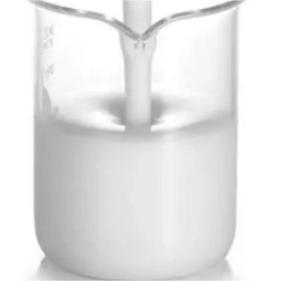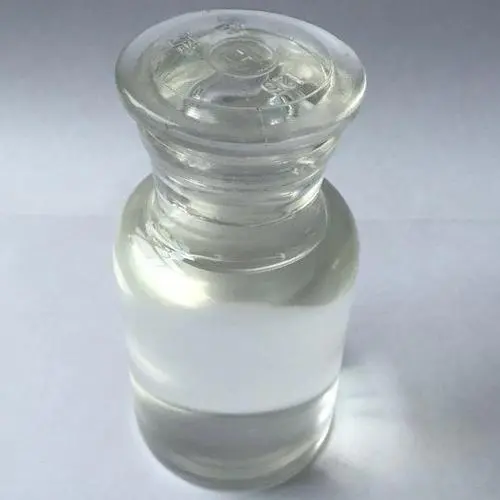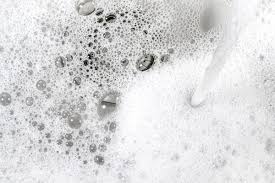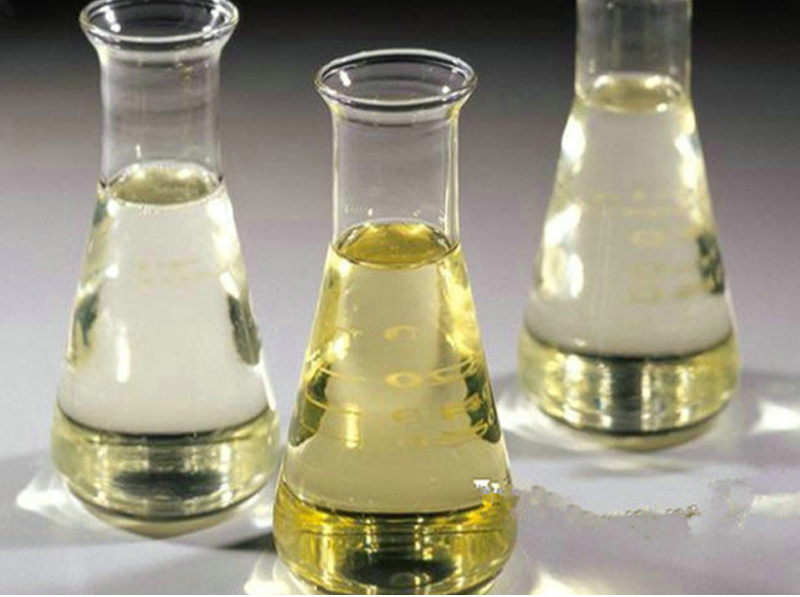**The Magic of Surfactants: Tiny Molecules with Big Jobs**
(What Does Surfactant Do)
You’ve probably never heard of surfactants, but you use them every day. They’re in your soap, your shampoo, even the dish detergent next to your kitchen sink. These tiny molecules work behind the scenes, doing jobs you might not notice—until they’re gone. Let’s break down what surfactants do and why they matter.
First, what exactly is a surfactant? The name comes from “surface-active agent,” which sounds complicated, but it’s simple. Surfactants are molecules that love to hang out where different things meet, like water and oil or air and liquid. They’re like molecular multitaskers. Without them, washing your hands would be way harder, and your hair might stay greasy no matter how much you scrub.
Here’s how they work. Imagine trying to mix oil and water. They hate each other. Oil clumps up, and water pushes it away. Surfactants fix this. One end of a surfactant molecule is attracted to water. The other end latches onto oil or grease. When you wash your hands with soap, surfactants surround dirt and oil, breaking them into tiny pieces. This lets water rinse everything away. No surfactants, no clean hands.
But surfactants aren’t just for cleaning. They’re everywhere. In lotions, they help mix water and oils so the product doesn’t separate. In paint, they make sure color spreads evenly. Even firefighting foam uses surfactants to smother flames faster. They’re like invisible helpers in products you’d never expect.
Let’s talk about bubbles. Surfactants make them possible. When you blow a bubble, surfactants in the soapy water arrange themselves into a thin layer. The water-loving parts face out, and the oil-loving parts face in. This creates a stretchy film that traps air. No surfactants, no bubbles. Next time you see kids blowing bubbles, remember it’s all thanks to these tiny molecules.
Surfactants also keep things stable. In mayonnaise, they stop oil and vinegar from splitting. In laundry detergent, they stop dirt from sticking to your clothes again after it’s washed off. They even help medicines work better. Some drugs use surfactants to dissolve in water, so your body can absorb them.
Not all surfactants are the same. Some are harsh, like in heavy-duty cleaners. Others are gentle, like in baby shampoo. Companies pick surfactants based on what they need. A dish soap might use strong ones to cut grease. A facial cleanser uses milder ones to avoid drying your skin.
There’s a downside. Some surfactants don’t break down easily in the environment. They can harm fish or plants if they get into rivers. That’s why many products now use “biodegradable” surfactants. These break down naturally, causing less damage. It’s a reminder that even tiny molecules can have a big impact.
Surfactants also save energy. In factories, they help mix ingredients faster, using less power. In oil spills, they break down crude oil so microbes can eat it. They’re tools for solving big problems, not just everyday chores.
Ever wonder why rain beads up on a freshly waxed car? Surfactants are why. Wax contains them to create a water-repellent surface. Without surfactants, water would spread out instead of forming droplets. It’s a small detail, but it shows how versatile these molecules are.
(What Does Surfactant Do)
Science is still finding new uses for surfactants. Researchers are testing them in drug delivery, pollution cleanup, and even electronics. Who knew something so small could do so much? Next time you wash your hands or blow a bubble, take a second to thank surfactants. They’re the unsung heroes of the molecular world.
Inquiry us
if you want to want to know more, please feel free to contact us. (nanotrun@yahoo.com)



